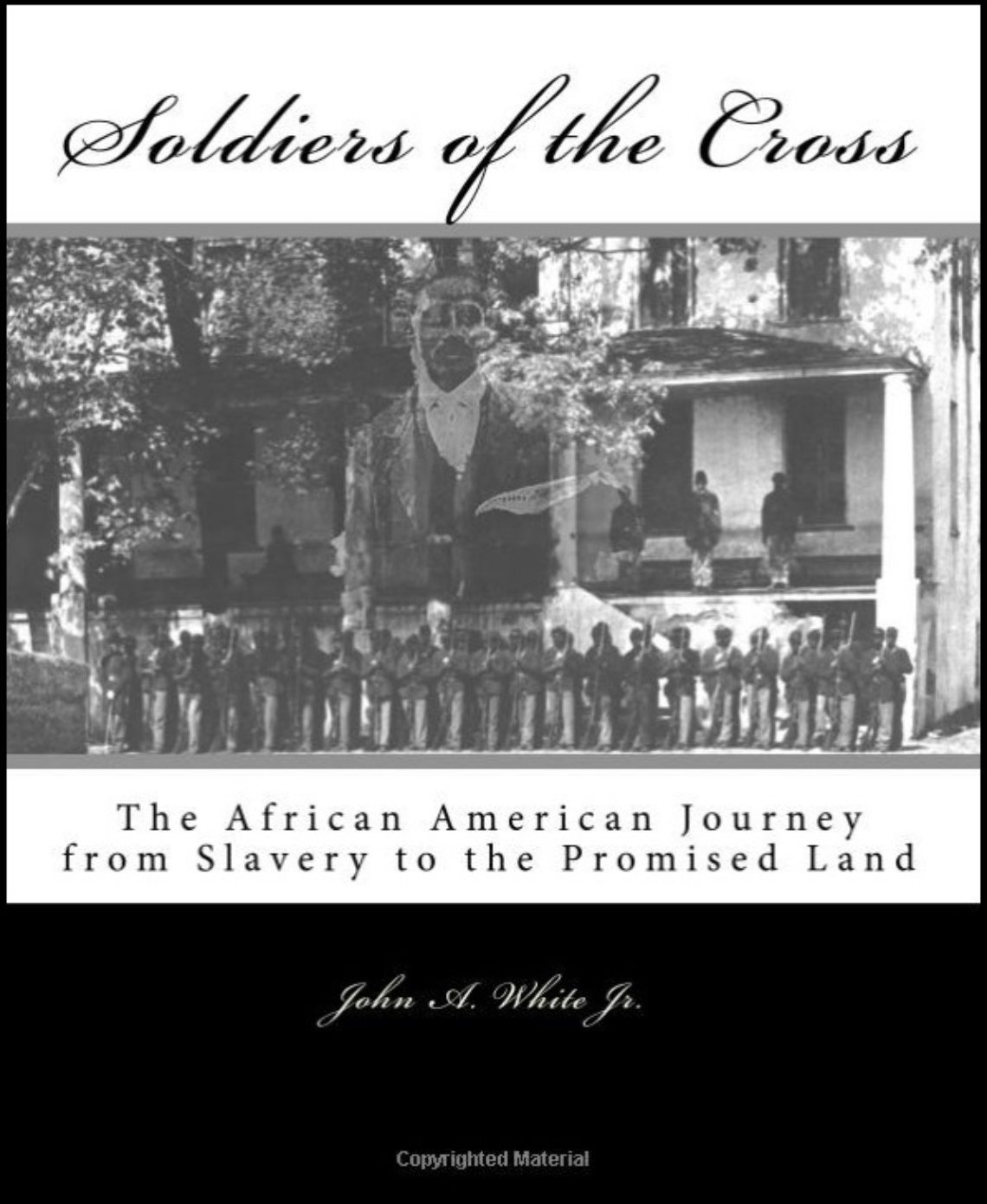
Fig. 25. The war in Virginia – the 22nd Colored Regiment, Duncan’s brigade, carrying the first line of Rebel works before Petersburg (Library of congress, Illus. in: Frank Leslie’s illustrated newspaper, 1864 July 9, p. 244.)
On May 4, 1864, Ulysses S. Grant attacked Robert E. Lee’s Army of North Virginia. Grant moved south toward Richmond, engaging in a number of major battles. General Butler with the Army of the James attacked from the south. By 1864 the Confederacy was low on men, and they had adopted a defensive strategy of holding territory with defensive works and hoping for a resolution to the war that maintained slavery. Confederate defenses were primarily composed of forts, breastworks, earthworks, rifle entrenchments, and abatis. In order to dislodge the Confederacy, frontal attacks were required, which were very costly for Union lives. Recall that the Emancipation Proclamation only set slaves free in territory taken from the Confederacy.
Black troops attacked Petersburg with success but were ordered to stop before taking the city. A ten-month siege of Petersburg followed.
Black troops performed well at charging Petersburg’s Confederate defenses. They mounted their bayonets and rush the Confederate works with screams. Black soldiers wrote letters to black and abolitionary newspapers describing their Civil War battle experiences. Congressional Medal of Honor recipient Milton Holland wrote a letter that described his charge of a Confederate works at Petersburg. Holland wrote:
“ One thing that I must mention which attracted the attention of the whole division. It was that brave and daring but strange personage that rides the white charger. We could see him plainly riding up and down the rebel lines, could hear him shouting from the top of his voice to stand, that they had only niggers to contend with. This peculiar personage seems possessed with supernatural talent. He would sometimes ride his horse at lightning speed, up and down his lines amid the most terrific fire of shot and shell. But when the command was given to us, “Charge bayonets! Forward double quick!” the black column rushed forward raising the battle yell, and in a few moments more we mounted the rebel parapets. And to our great surprise, we found that the boasted Southern chivalry had fled. They could not see the nigger part as the man on the white horse presented it. We captured here one gun and caisson. ”[1]
Milton M. Holland,
Orderly Sergeant
Co. C, 5th USCI
Petersburg Virginia, July 24, 1864

Fig. 26. Top: Abatis at Petersburg in 1865. (Library of Congress)
Bottom: “The Colored Infantry Bringing in the Captured Guns, amid the Cheers of the Ohio Troops,” Frank Leslie’s Illustrated, July 9, 1864
[1] Edwin S. Redkey, ed, A Grand Army of Black Men: Letters from African-American Soldiers in the Union Army, 1861–1865, Cambridge Studies in American Literature and Culture 63 (New York: Cambridge University Press, 1993), p106.
